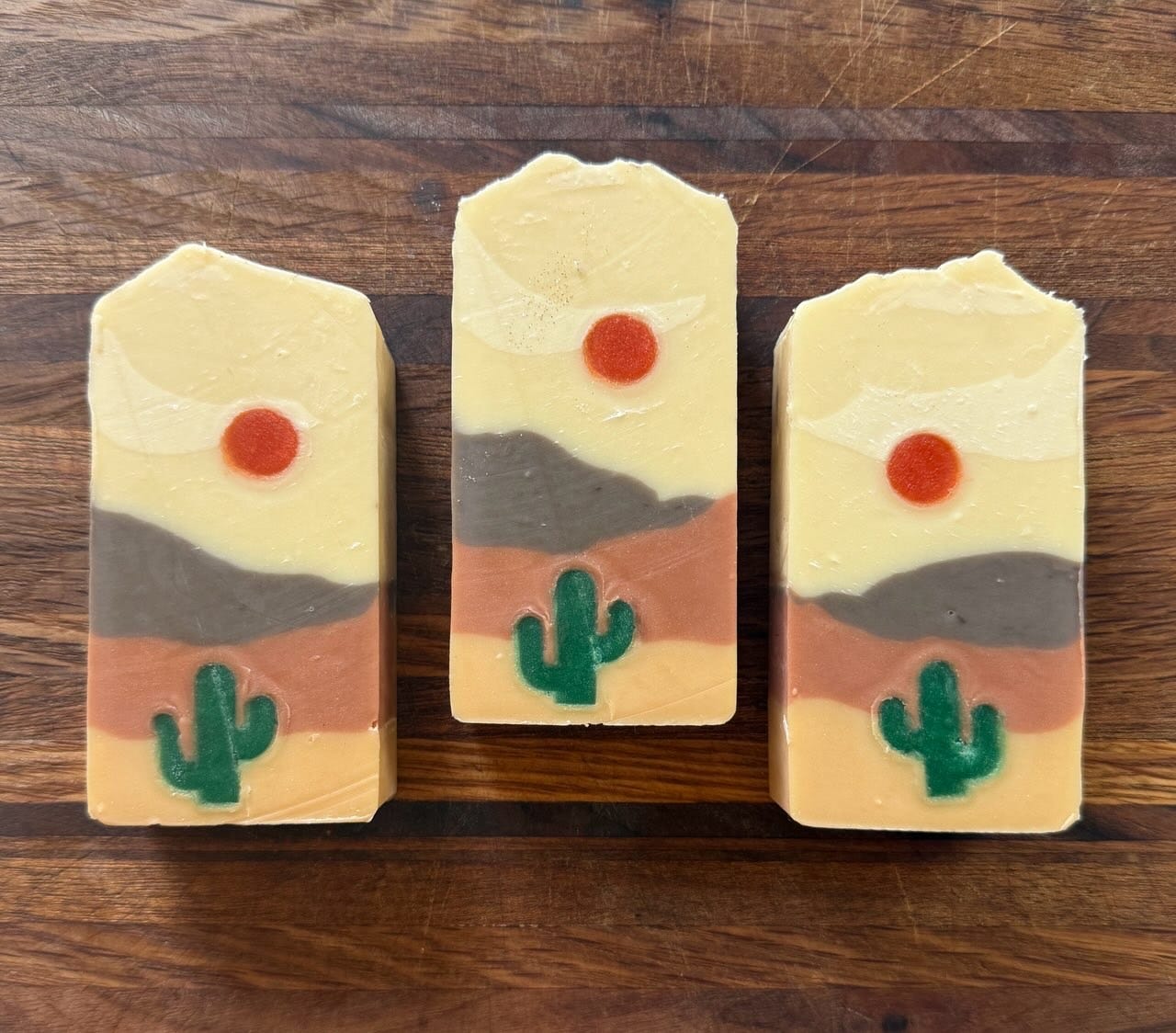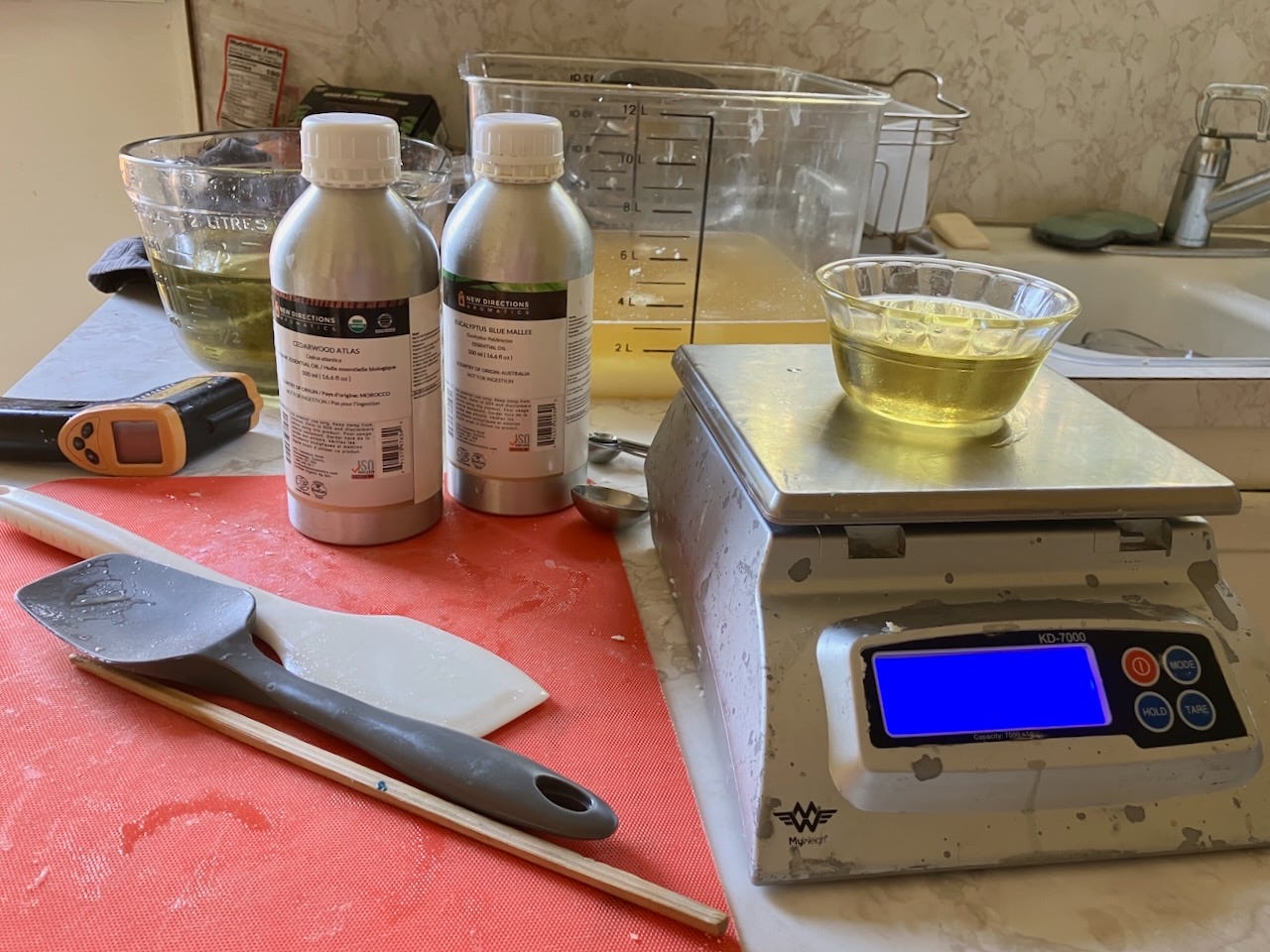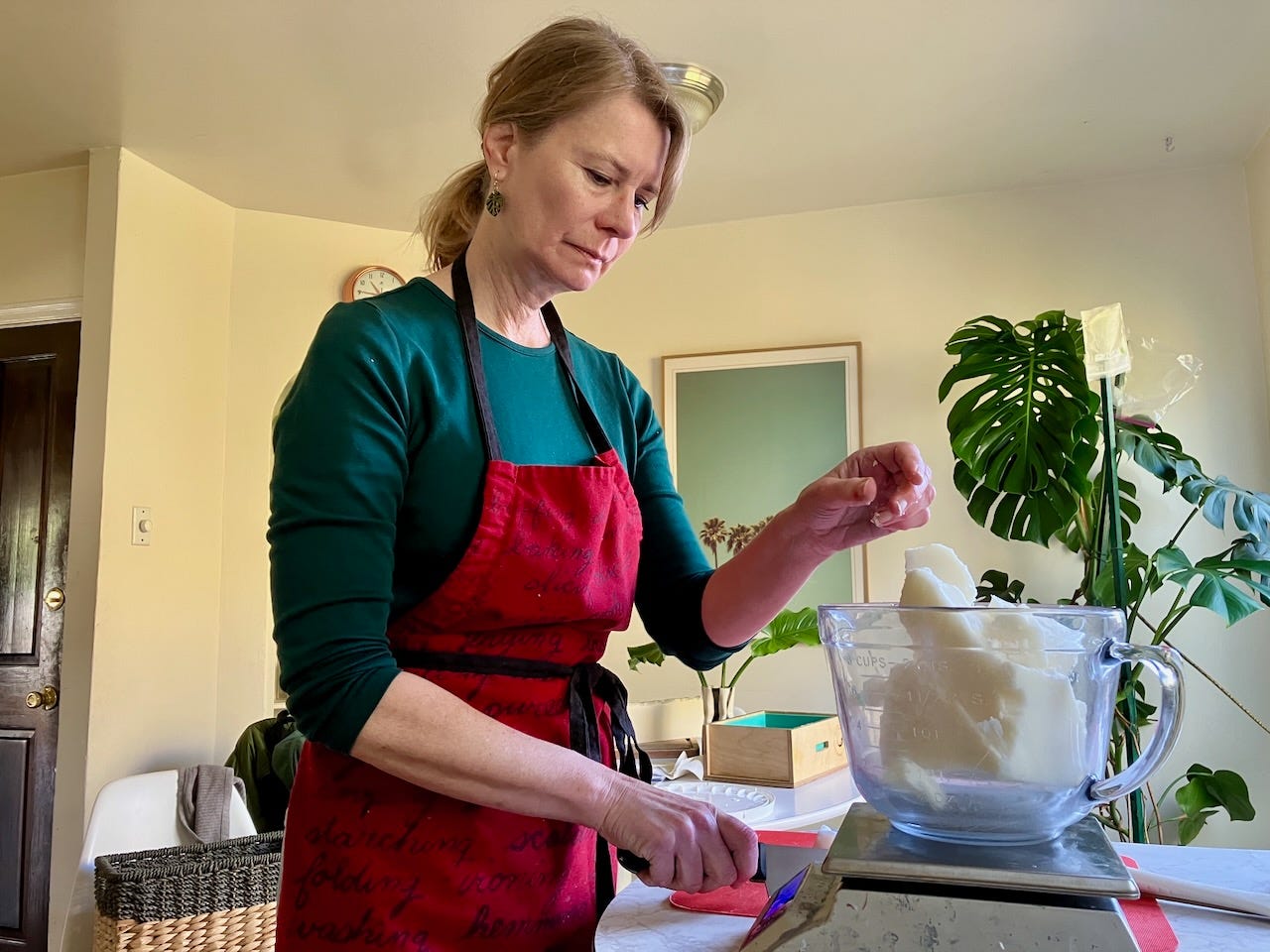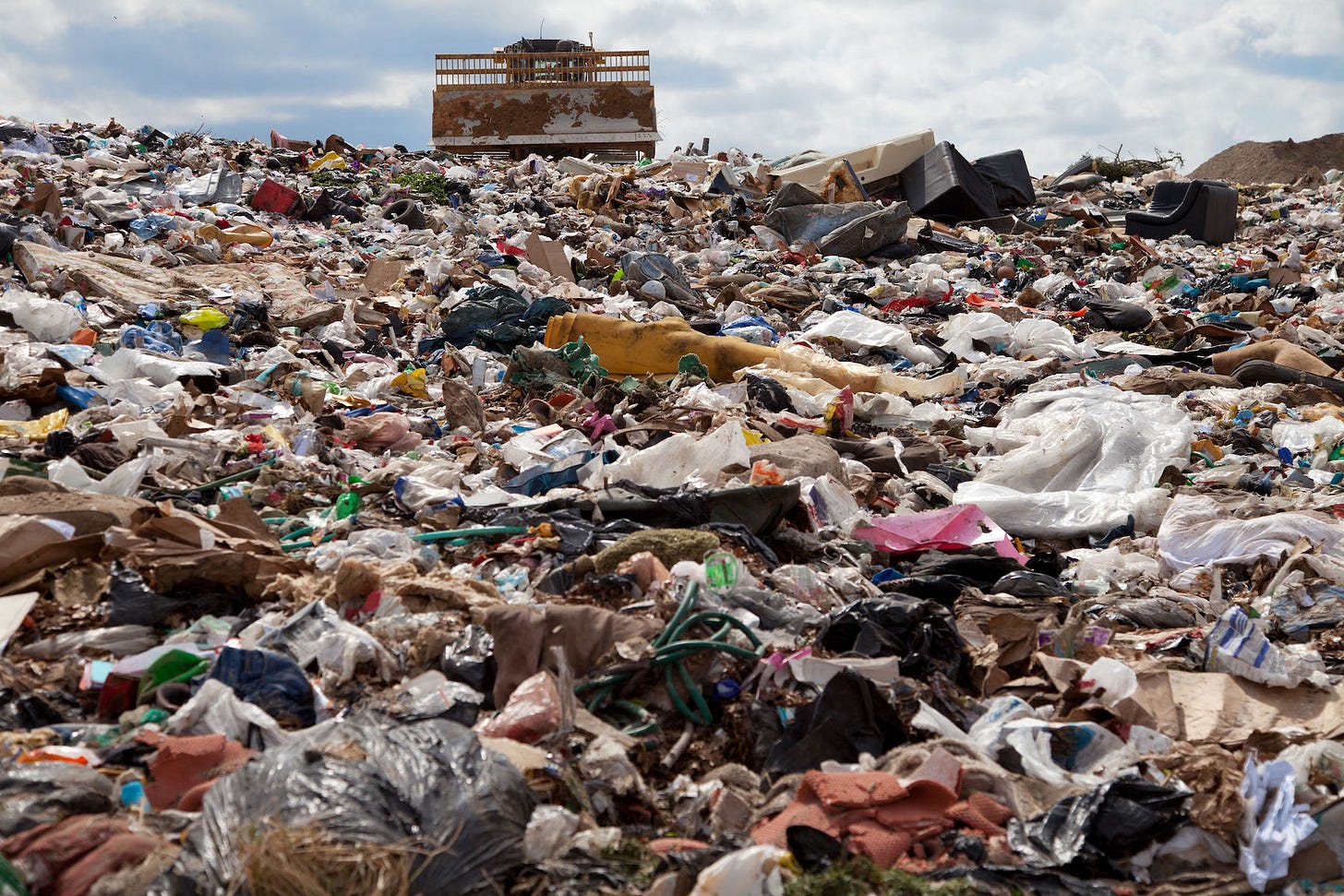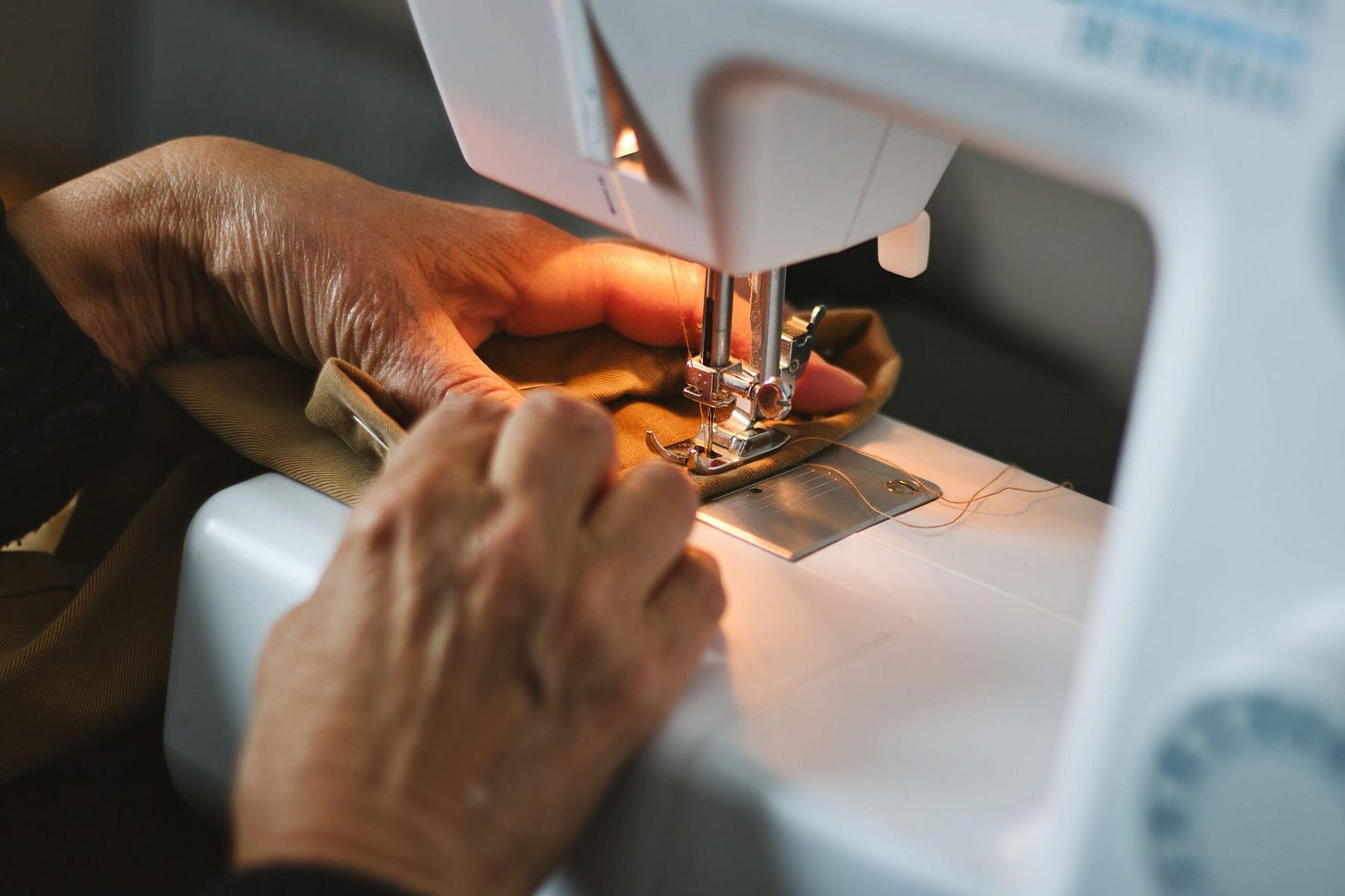From Plastic Waste to Zero-Waste, One Soap Bar at a Time
How one journalist (and her daughters) turned her frustration with household plastic waste into a sustainable, handmade line of organic soap bars—crafted with creativity and a whole lot of heart.
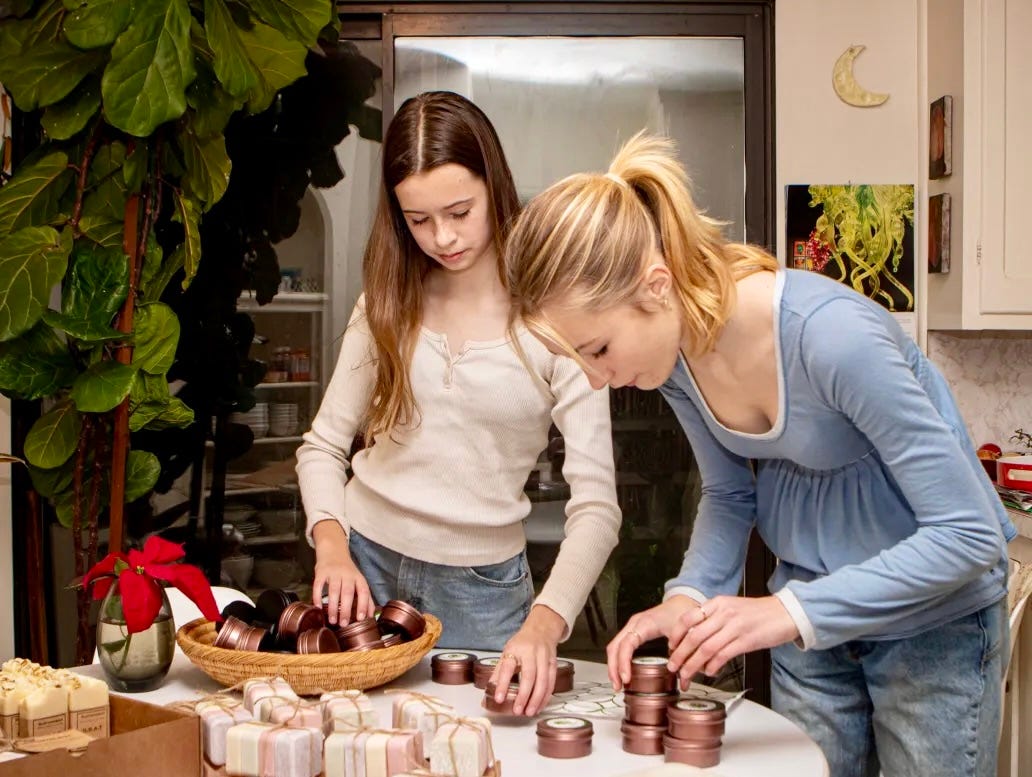
From Plastic Waste to Zero-Waste, One Soap Bar at a Time
Story by
As the mother of two teenage daughters, writer Julia Scheeres was carrying a lot of empty plastic bottles—shampoo, conditioner, body wash—to her recycling bin.
And as a journalist and passionate environmentalist (see her story for Craftsmanship about planned obsolescence), she wasn’t happy about it.
“My initial inspiration for Sustainabar,” she recalls, “was looking for ways to be more sustainable at home. I read about shampoo bars, and went to the store and bought one. It was tiny, and the price was prohibitive—but it was great.” Being a curious soul, she wondered if she and her daughters, Tessa and Davia, could make such products at home.
Using online recipes, they started with shampoo and conditioner bars. “Tessa was in middle school at the time. She bundled the two bars together and took them to her school craft fair. They sold out almost immediately—so we realized there’s a market out there.”
Julia was also keen to address the outrageous plastic waste generated by this country. Americans, she learned, toss out 33.6 million tons of plastic every year, and less than 10 percent of it is recycled. That includes more than 500 million shampoo bottles, all dumped in landfills. She wanted to stop contributing to this crisis.
Then there’s the water issue. Most commercial shampoos and cleaners are diluted with up to 85 percent water. Subtracting that water, she and her daughters crafted long-lasting, concentrated bars: beautifully designed and packaged with all compostable materials, and shipped in corn-based bubble-wrap envelopes.
There are a lot of “soapers” out there, Julia points out, but very few make Sustainabar’s full spectrum of products, from dish soap to deodorants. “And everything is zero waste,” she says.
“But the reason I love making soap is because it's both creative and useful,” Julia says. “I do little sketches for the landscape soaps, and the most creative parts are blending the essential oils together to make a wonderful, all-natural bouquet—and using natural colorants, clays, and flower petals to make colors.”
Making soap is one of those things that, like baking bread, you might imagine is simple and straightforward. Nope. Suited up in her Bay Area kitchen, wearing a red apron and black latex gloves, eye protection at the ready, Julia assembles what she’ll need to make a full mold of bars. The ingredients include solidified coconut oil and shea butter, in equal and exact proportions; liquid castor oil and sustainably produced palm oil; essential eucalyptus and cedar oils; sodium lactate, cornmeal, and pumice; distilled water (which Julia makes herself, to avoid plastic bottle waste), and lye (hence the goggles), which creates the chemical reaction that morphs those disparate ingredients into soap.
“You have to run your recipe through a soap calculator to make sure that it has the desired properties. It's not too cleansing; it's not too conditioning. It's nice and bubbly. Coconut oil is very cleansing, and it also makes for a very hard bar. Castor oil and shea butter both contribute to making a great cleansing lather.”
Along with those properties, almost every ingredient is about making her soaps as hard as possible. “I think the number one complaint about homemade soap,” says Julia, “is that it melts away too quickly.”
With Les Baxter’s ‘exotica’ music on the speakers, Julia works her magic. It’s a convoluted process that involves a lot of precise weighing, mixing (with a stick blender and whisk), melting, more blending, monitoring, controlling the “trace” (viscosity) of the solution, and finally, pouring the batter into a silicone mold. The mold is then moved into the garage to cure.
“When it becomes solid, it becomes soap. That takes twenty-four hours,” she says. “Then I can cut it into bars. But those bars still need to cure for four to six weeks. Otherwise, they're too harsh. The lye has to do its thing with the oils and butters, where it all kind of mellows out.”
As the final touch (because everyone needs a bit of levity these days), Davia writes a thank you note to each customer and packs the orders, including a joke—usually super ridiculous, yet somehow the icing on the cake:
Q: Why did the chewing gum cross the road?
A: Because it was stuck to the chicken’s foot.
Though Sustainabar still generates some income for the girls, Julia’s challenge is finding the time for it. “Tessa’s in college; Davia’s in middle school. I write full time, so weekends and evenings are when I have to make the bars.”
But when she does soap, she does so wholeheartedly.
“After a day of being in my head and at the computer, it's wonderful to have something I can make in an afternoon: a beautiful product that people enjoy, and that's organic.”
“It's a celebration of nature,” Julia says with a radiant smile. “I love it.”
If you enjoyed this story, you might also like…
Throwaway Nation
by Julia Scheeres
"Planned Obsolescence"—the made-in-America practice of producing goods that are not meant to last, or be repaired—has left the U.S. with the world's largest waste stream. Why do we keep feeding this destructive cycle by buying more and more flimsy stuff? Could we join the countries that are forging smarter paths?
Mending: An Ancient Craft for Modern Times
by
Traditional DIY basics like clothing repair have become covetable knowledge again. With the fast-fashion machine on notice for its abysmal climate footprint, could this be mending’s big moment?
Craftsmanship Magazine focuses on master artisans and innovators whose work informs our quest: to create a world built to last. In addition to our Substack offerings, you’ll find a rich archive of stories, podcasts, photo essays, and documentary shorts on our free website—along with community resources like our Artisans’ Directory, our guide to U.S.-based craft & folk schools, and much more.




